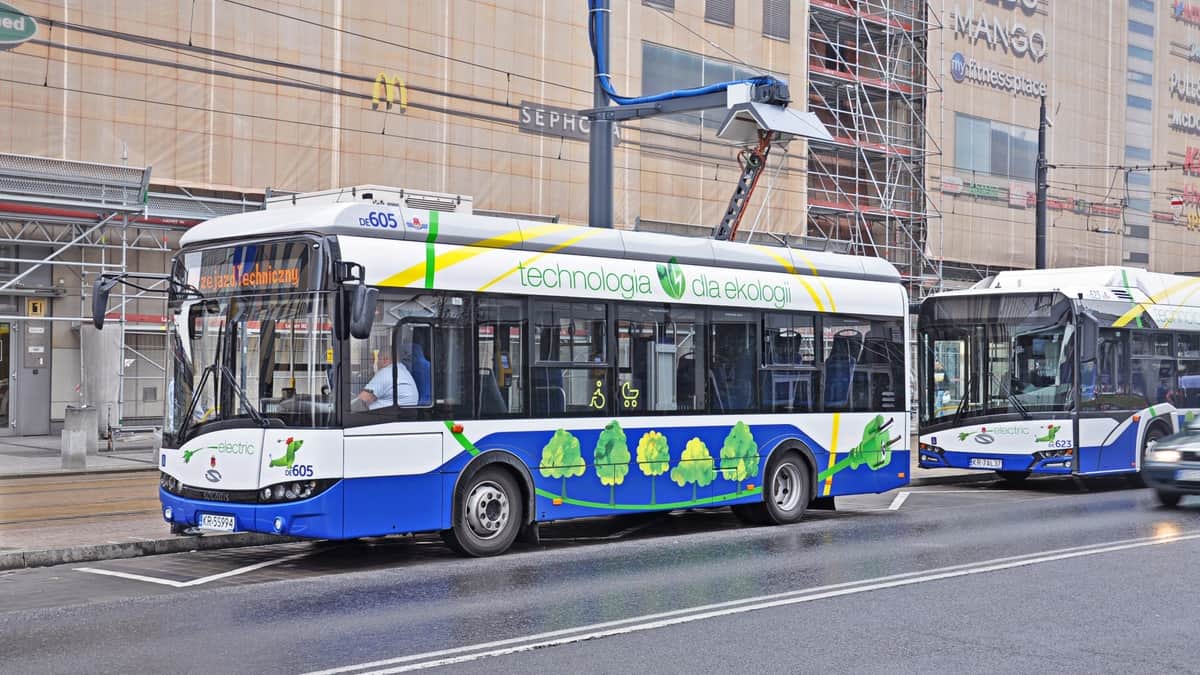A research group from Cornell University in the USA has released research on the concrete benefits of wireless charging highways armed with energy storage systems. The research group formed a combined transportation–power system structure for the incorporation of a wireless charging highway system into the real-time electricity market.
Analysts were able to illustrate in simullation study that effective control of the power storage system in the wireless charging highways can reduce the energy prices and the load on the current electricity network.
“In this work, we develop a coupled transportation–power system framework for incorporation of a wireless charging road system into the real-time electricity market,” stated Cornell’s Systems Engineering Program Director, Gao .
The control method used by Cornell analysts reduced the energy prices of wireless charging highways by effectively running the output of the energy storage system. “We designed a Lyapunov optimization-based control strategy to manage the energy flow between the wireless charging roads and the energy storage system in a cost-efficient way,” Gao described.
The suggested structure is precisely consisting of three main modules: the hybrid traffic task, the expanded DCOPF, and the controller. The hybrid traffic task computes the traffic movement with given trips. A highway grid consists of wireless charging and normal traffic pathways. The effective electric energy flows between the generation resources, load centers, and wireless charging highways in the provided energy network are determined by expanded straight current optimal power flow (DCOPF).
Wireless charging implanted in highways has grown several heeds throughout the last three or four years. Wenatchee, Washington’s Link Transit, has already grown years of actual-life encounters in wirelessly charging electric buses utilizing inferable charging systems from Momentum Dynamics. Just last month, Link Transit is illustrating adequate stability, after three years of daily utilization. Richard DeRock, General Manager of Link Transit, mentions the operating value of their electric buses is around 51% of a diesel-fueled bus. The firm recently has twelve electric buses utilizing four 300-kW inferable charging stations.
Link Transit began utilizing wireless charging in 2018, asserting they were the first to utilize such a system in the USA. Here it should be noted that current wireless charging system, charges electric buses at regular bus stops, as passengers are entering and departing the buses. Wireless charging for moving traffic as in current research is very different process.
On matters of inductive or wireless charging, the ElectReon, a firm in Israel, is leading the way. The wireless charging experts signed a MoU (memorandum of understanding) last month, for the sale of its wireless EV charging services to CTG, the biggest mechanic of limousine fleets, and exclusive shuttle services in the New York and Las Vegas zone. ElectReon has just not established popularity for their inferable charging technology with fleet drivers. Most presently, Stellantis & Iveco used the wireless charging technology in trials, while the Smart-road plan in Gotland keeps on extending. The initial deal of ElectReon occurs for a bus charging system in their homegrown Tel Aviv.
In Cornell research merely issued, the concentration was on reproductions of multi-path highways with several pathways implanted with wireless charging and power storage systems. The research summarised: “Wireless charging roads equipped with energy storage systems are promising electric vehicle charging solutions by virtue of their strong advantages in time saving and reduced pressure on the existing power infrastructure.”
At present, with this research, the wireless charging of in-motion cars on multi-path highways has taken a move towards actuality. Cornell research’s Head writer, Jie Shi, stated: “Our control strategy is computationally efficient and requires no forecasts of the system states, making it appealing to practical applications.”

